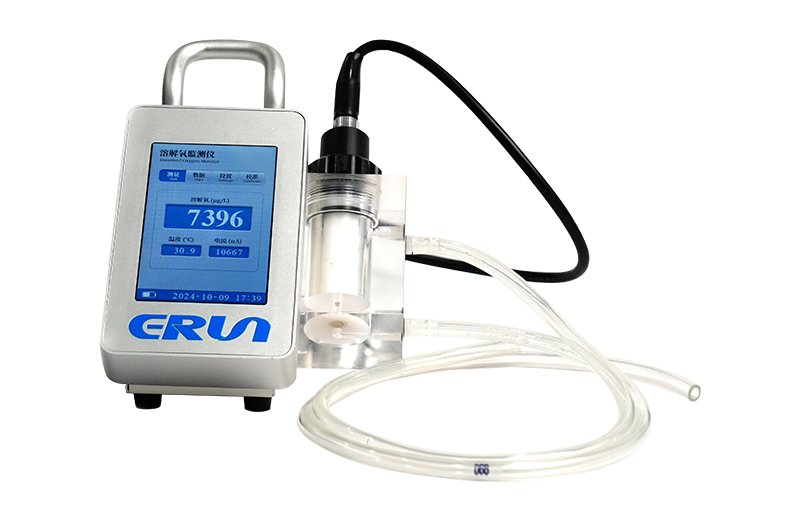Dissolved oxygen (DO) is a critical parameter for assessing water quality, as it directly impacts aquatic life and ecosystem health. Understanding the normal levels of dissolved oxygen in water is essential for environmental monitoring, fisheries management, and wastewater treatment. This article explores what dissolved oxygen is, its importance, and the typical range of dissolved oxygen levels in water measured in parts per million (ppm).

Dissolved oxygen refers to the amount of oxygen gas (O₂) present in water. It is essential for the survival of aquatic organisms, including fish, invertebrates, and microorganisms, which rely on oxygen for respiration. DO levels are influenced by factors such as temperature, salinity, atmospheric pressure, and water movement.
1. Aquatic Life Survival: Fish and other aquatic organisms require oxygen to breathe. Low DO levels can lead to stress, suffocation, or even death.
2. Water Quality Indicator: High DO levels generally indicate healthy, clean water, while low levels may suggest pollution or excessive organic matter.
3. Ecosystem Balance: DO supports the breakdown of organic matter and nutrient cycling in aquatic ecosystems.
The normal dissolved oxygen level in water typically ranges between **6.5 to 8 ppm (parts per million)**. However, this range can vary depending on environmental conditions:
- Cold Water: Colder water holds more oxygen. In pristine, cold-water environments, DO levels can exceed 10 ppm.
- Warm Water: Warmer water holds less oxygen. In warmer climates or during summer months, DO levels may drop to 5 ppm or lower.
- Saltwater vs. Freshwater: Saltwater generally holds less oxygen than freshwater due to its higher density and salinity.
Factors Affecting Dissolved Oxygen Levels
1. Temperature: As water temperature increases, DO levels decrease.
2. Salinity: Higher salinity reduces the amount of oxygen water can hold.
3. Altitude: Water at higher altitudes holds less oxygen due to lower atmospheric pressure.
4. Photosynthesis: Aquatic plants and algae produce oxygen during daylight hours, increasing DO levels.
5. Organic Matter: Decomposition of organic matter consumes oxygen, reducing DO levels.
When DO levels fall below **5 ppm**, aquatic life begins to experience stress. Levels below **2 ppm** are considered hypoxic and can lead to "dead zones," where most aquatic organisms cannot survive. Common causes of low DO include pollution, algal blooms, and stagnant water.
Dissolved oxygen is commonly measured using:
- DO Meters: Portable devices that provide real-time readings.
- Chemical Test Kits: Use reagents to determine DO levels.
- Optical Sensors: Provide accurate and continuous monitoring.
The normal dissolved oxygen level in water typically ranges from 6.5 to 8 ppm, but this can vary based on environmental conditions. Maintaining adequate DO levels is crucial for supporting aquatic life and ensuring water quality. Regular monitoring and management of dissolved oxygen are essential for preserving healthy ecosystems and preventing environmental degradation.
By understanding and maintaining optimal dissolved oxygen levels, we can protect aquatic habitats and ensure the sustainability of our water resources.